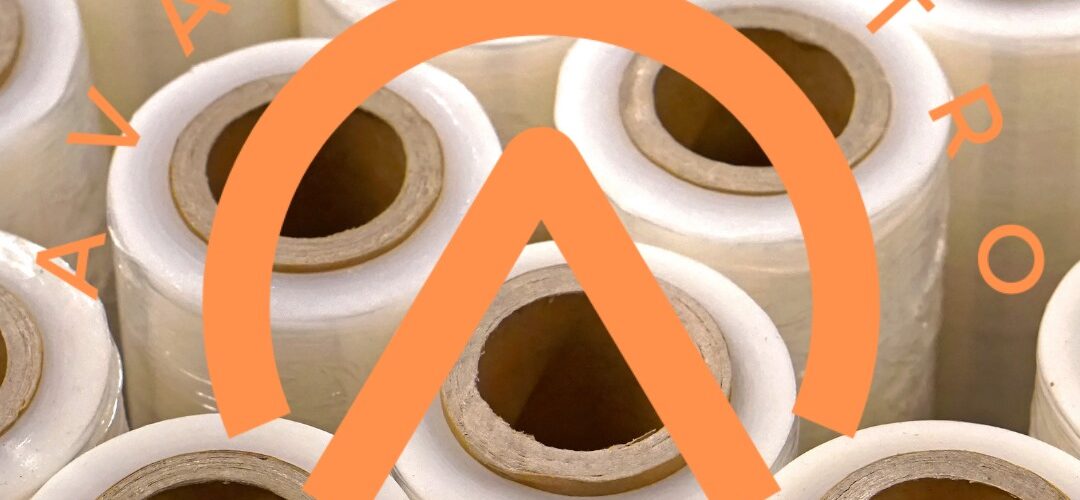Understanding the Differences Between Stretch Film and Shrink Film
In the realm of packaging materials, stretch film and shrink film are two stalwarts, each with its unique characteristics and applications. Both are essential tools in the packaging industry, offering distinct benefits depending on the specific needs of a product. In this comprehensive guide, we delve deep into the dissimilarities between stretch film and shrink film, elucidating their properties, applications, and advantages.
Stretch Film: Versatility and Elasticity
Stretch film, also known as stretch wrap, is a highly versatile packaging material renowned for its elasticity and stretchability. Composed of linear low-density polyethylene (LLDPE), stretch film is designed to stretch and conform to the shape of the items being wrapped, providing a snug and secure fit.
Key Characteristics of Stretch Film
- Elasticity: One of the defining features of stretch film is its ability to stretch without losing its shape or integrity. This elasticity allows the film to tightly wrap around products of various shapes and sizes, providing excellent protection against dust, moisture, and tampering.
- Transparency: Stretch film is typically transparent, allowing for easy identification of packaged items without the need to unwrap them. This transparency is particularly advantageous in warehouse and retail settings where quick visual inspection is essential.
- Tear Resistance: Despite its thinness, stretch film exhibits remarkable tear resistance, ensuring that packaged items remain securely wrapped throughout the shipping and handling process.
Applications of Stretch Film
Stretch film finds applications across a wide range of industries, including:
- Pallet Wrapping: One of the most common uses of stretch film is pallet wrapping, where it is employed to secure and stabilize loads during transportation and storage.
- Product Bundling: Stretch film is also utilized for bundling multiple items together, such as boxes, lumber, or pipes, providing a cohesive and secure package.
- Food Packaging: In the food industry, stretch film is used to wrap perishable items, extending their shelf life and safeguarding against contamination.
Shrink Film: Conformity and Protection
In contrast to stretch film, shrink film undergoes a different process during application, resulting in a snug, form-fitting seal around the packaged items. Shrink film is typically made from polyolefin or PVC (polyvinyl chloride) and requires heat to shrink tightly around the products.
Key Characteristics of Shrink Film
- Conformity: Shrink film molds itself tightly around the contours of the items it encapsulates, creating a sleek and uniform appearance. This conformity not only enhances the aesthetic appeal but also provides added protection against external elements.
- Tamper Resistance: Once heat is applied, shrink film forms a tamper-evident seal, making it evident if the package has been opened or tampered with during transit.
- Printability: Shrink film offers excellent printability, allowing for high-quality graphics, logos, and product information to be displayed directly on the packaging. This feature is particularly advantageous for branding and marketing purposes.
Applications of Shrink Film
Shrink film finds diverse applications across various industries, including:
- Retail Packaging: Shrink film is commonly used in retail packaging for products ranging from electronics to cosmetics, providing a sleek and professional presentation on store shelves.
- Promotional Packaging: Due to its ability to showcase vibrant graphics and promotional messaging, shrink film is often employed for limited-time offers, seasonal promotions, and product launches.
- Multi-packing: Shrink film is utilized for bundling multiple products together, offering both protection and visual appeal while minimizing packaging material waste.
Conclusion
In conclusion, while stretch film and shrink film serve similar functions in packaging, they possess distinct characteristics and applications that cater to different needs and preferences. Stretch film excels in versatility and elasticity, making it ideal for pallet wrapping, product bundling, and food packaging. On the other hand, shrink film offers conformity, tamper resistance, and printability, making it a preferred choice for retail packaging, promotional campaigns, and multi-packing solutions.
Written by Emir Narin

